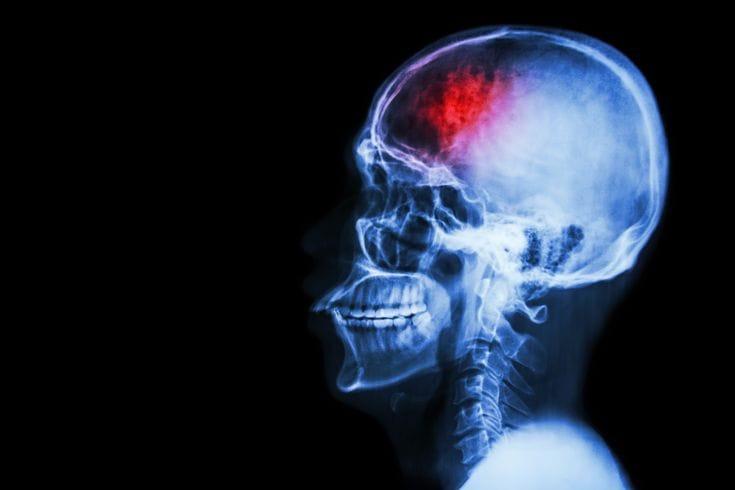
Traditionally, strokes were considered a disease of middle-aged to aged populations at risk, but over time, this is no longer the case. The prevalence of strokes keeps increasing in the younger population (under 45 years). An estimated 75 000 people in South Africa per year experience a stroke leading to mortality and disability. A stroke is simply defined as interrupted blood flow to the brain due to a blocked artery (ischaemic stroke) or bleeding in the brain (haemorrhagic stroke). If blood is no longer able to reach the brain due to a blocked or a burst artery, brain cells are deprived of oxygen and nutrients. Consequently, this leads to their death within minutes. It is therefore crucial to quickly identify signs of stroke in order to seek urgent medical intervention, preventing progressive loss of brain cells. Early intervention can in some instances reverse the damage or halt it altogether. You can save someone’s life by learning to assess the below using a simple mnemonic known as FAST:
F – Face: Smile – if the other side of the face is droopy, this is indicative of a problem.
A – Arms: Raise both arms: If one side is weak, this is concerning.
S- Speech: Speak a simple sentence: Is the speech blurred or is one unable to speak altogether?
T – Time: Any delays in time, mark further damage to the brain.

Some may not typically present with the above but may complain of: numbness or weakness of the limbs, poor vision in one or both eyes, confusion, difficulty understanding speech, dizziness, headache, feeling tired, nausea or vomiting.
As soon as you identify any of these concerning signs, rush to the Emergency Department. Make sure the person suffering a stroke lies on their left side and rush them to the nearest hospital for help as a matter of emergency. Early rehabilitative services such as physiotherapy, speech and occupational therapy are crucial for complete recovery.
To prevent a stroke from occurring, it boils down to: preventing chronic illnesses such as hypertension, diabetes, cardiovascular diseases; stopping smoking, reducing alcohol, regular exercise, healthy diet and regular health check-ups to exclude risk factors and manage existing conditions well.
Early action and treatment saves lives. All the best.





No Comments